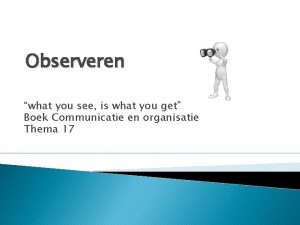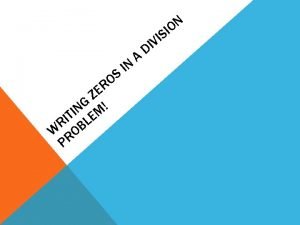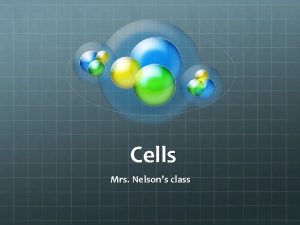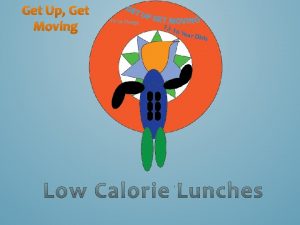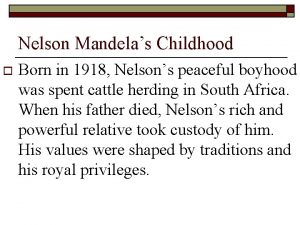How Do You Get Your Energy Mrs Nelsons















- Slides: 15

How Do You Get Your Energy? Mrs. Nelson’s fifth grade class

The Human Digestive System

What Does It Mean To “Digest? ” Digest means to break down food into an absorbable form. Once food is broken down, the body is able to use the vitamins and minerals. Vitamins and minerals give our bodies energy!

Digestion Begins In the Mouth. Tongue Throat Teeth

What Happens Inside Of Your Mouth? � Your teeth and tongue help to break the food up by your chewing action. � The salivary enzyme known as Amylase begins to break down the starches inside of your food. � The saliva softens the food and makes it easier to chew and swallow. � The tongue then pushes the food down the throat into the esophagus.

What Is The Esophagus? It is a muscular tube that leads to the stomach.

What Does The Esophagus Do? � The muscular tube squeezes food down into the stomach using rhythmic, wave-like movements called peristalsis. � This involuntary muscle movement gives us the ability to eat or drink, even if we are upside down.

A Glance Inside Of Our Stomach Esophagus Stomach

What Happens In The Stomach With The Food You Eat? � The strong walls of the stomach squeeze to mix or churn the food with the digestive juices, known as gastric acid and other enzymes. � During this process, the hydrochloric acid in your stomach helps to kill unwanted bacteria from the “food and drink. ” � After a few hours, the chunks of food turn into a liquid called chyme. � The chyme is released into the small intestine every few minutes.

The Small Intestine

The Small Intestine: � The small intestine is 20 feet long. � The food (chyme) stays in the small intestine for 4 -6 hours. � It begins to separate out the nutrients and vitamins to be used for energy. The pancreas, liver and gallbladder help with this process. The waste is then moved to the large intestine. � The vitamins and nutrients are absorbed into the body like a sponge. Those nutrients are then carried through the blood to give our body ENERGY, like Popeye .

The Large Intestine

The Large Intestine � It is 5 feet long. � It’s job is to get rid of the leftovers from the small intestines. This is what the body is unable to use because the some of the things in the foods we eat and drink have no nutritional value. � The large intestine turns these leftovers into a solid, known as waste. We get rid of waste when we use the restroom. The urinary system helps with this. This includes the kidneys, the bladder, and the colon. � Waste usually stays here for about 10 -12 hours.

What Helps Your Digestive System Work More Efficiently? �A good, balanced diet allows your body to digest food easily. � Drinking water, rather than soda and juices helps our body work better. �A high fiber diet helps your muscles in your intestines work more effectively. Fiber is found in foods like beans, whole wheat bread, apples, strawberries, cherries, some cereals, broccoli, and green beans. � Our body needs us to EAT HEALTHY in order to do a better job!

Can You Describe What Happened To Your Lunch Today?
 Get in get on get off get out
Get in get on get off get out Nelsons revenge
Nelsons revenge Not enough nelsons.com
Not enough nelsons.com One direction - one thing
One direction - one thing They are mrs garcia and mrs castro
They are mrs garcia and mrs castro They are mrs garcia and mrs castro
They are mrs garcia and mrs castro Mrs. darling was ___________ of mrs. s.
Mrs. darling was ___________ of mrs. s. You put your right foot in you put your right foot out
You put your right foot in you put your right foot out You say you love the rain
You say you love the rain How to make parents trust you
How to make parents trust you Male gaze nedir
Male gaze nedir Hey hey you you get off of my cloud
Hey hey you you get off of my cloud Conditional 1 2 3
Conditional 1 2 3 Rapporteren voorbeeld
Rapporteren voorbeeld What do you get when you cross darth vader with an elephant
What do you get when you cross darth vader with an elephant Hey hey you you get off of my cloud
Hey hey you you get off of my cloud













